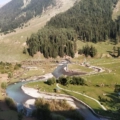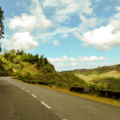Ultimate Guide to Monsoon Treks in Maharashtra: Must-Visit Spots
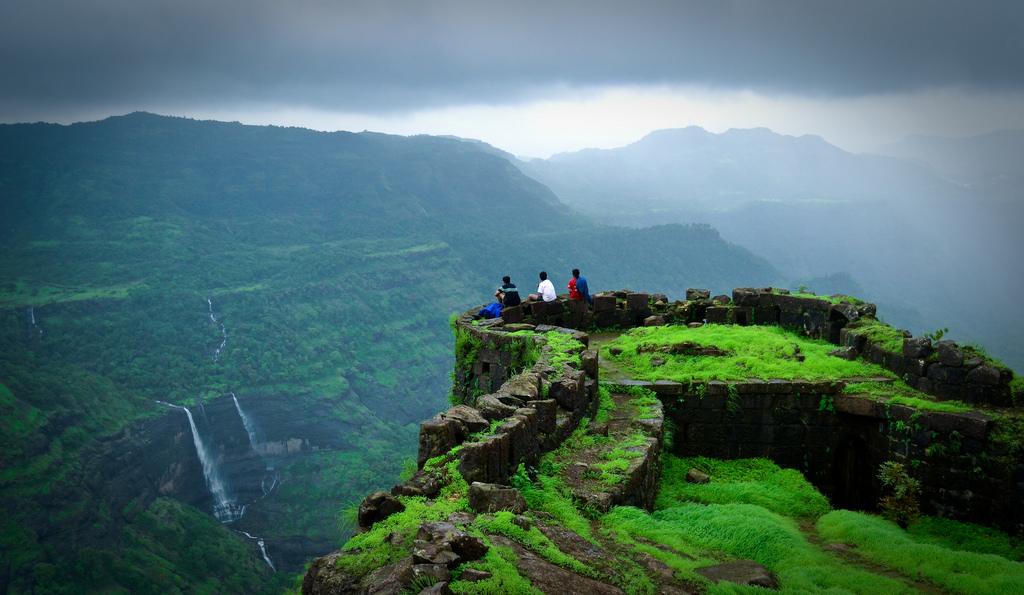
You know what most people do when it starts pouring in Maharashtra? They groan, pull out their umbrellas, and dive into a cutting chai with pakoras. That’s fine. But here’s the thing-they’re missing out. Because if you’re even mildly adventurous and don’t mind a little mud between your toes, monsoon trekking in Maharashtra is an experience that will stick with you, literally and metaphorically. The views? Great. The leeches? Persistent. The feeling of finishing a trail just as the rain starts pelting down like you’re in an action movie? Priceless.
Here’s the list of the best monsoon treks in Maharashtra, and more importantly, how to reach them, what not to do, and some offbeat treks that you won’t find in the usual “Top 5 Treks” listicles.
In this Blog
1. Andharban Jungle Trek Pune: The Best Monsoon Trek Through Maharashtra’s Dark Forest
Let’s start with one that sounds far more dramatic than it is. Andharban Jungle Trek Pune, which translates to “Dark Forest”, is not pitch-black or haunted. What it is, though, is a trail through moss-covered trees, slippery stones, and a valley that looks like it’s constantly auditioning for a monsoon shampoo ad.
Interesting fact: Most people do this trek downhill, which is rare for a monsoon trekking trail in Maharashtra. You begin at Pimpri village and walk your way down towards the Bhira dam, making this one of the best monsoon treks near Pune for both beginners and seasoned trekkers.
How to get to Andharban–
Take a train or a bus to Pune. From there, get a shared cab or drive to Pimpri (not the one near Chinchwad, double-check!). The trail is around 70 km from Pune, and the roads get sketchy post-Indapur. This route is popular for those searching for offbeat monsoon treks in Maharashtra and is a highlight of Western Ghats trekking in Maharashtra.
Where to stay
If you wish to extend your stay, there are several villas in Pune near Tamhini Ghat—ideal for those seeking monsoon trekking villas near Pune. Just ensure the WiFi is reliable if you plan to work remotely during your getaway.
2. Rajmachi Fort – Where Fireflies Are the Main Attraction
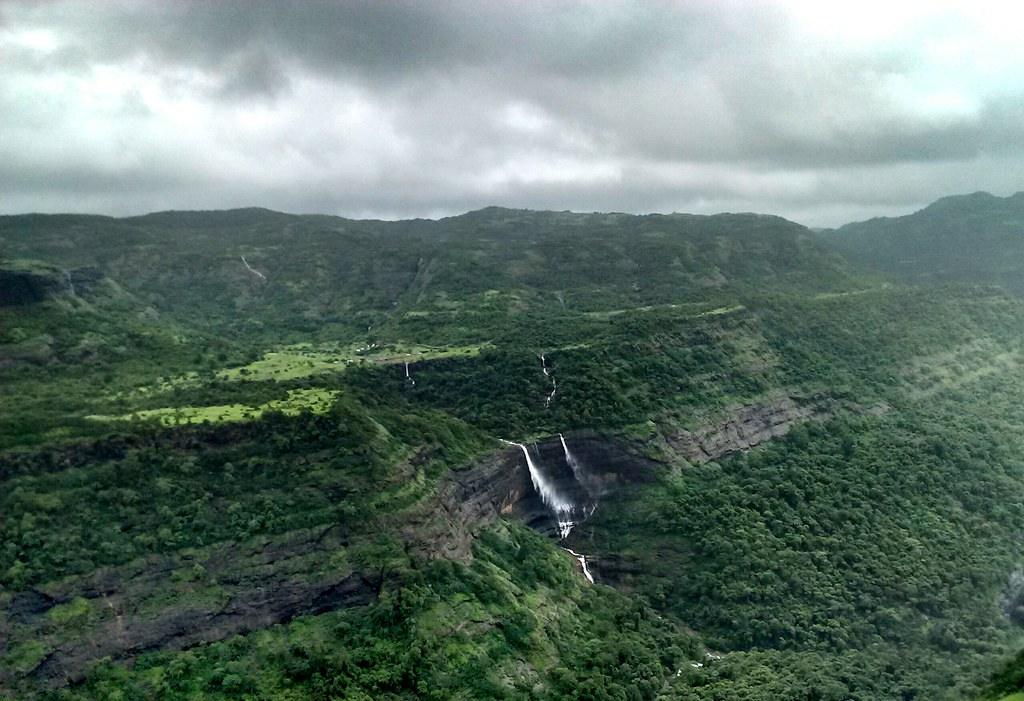
Rajmachi is lovely, but what most people miss is this: if you go just before the monsoon kicks in, the place is lit up by fireflies. You’ll see hundreds of them blinking in sync like a scene out of a Miyazaki film. The trek itself starts from either Lonavala or Karjat. The Lonavala route is longer but jeep-accessible for part of the way. The Karjat one is more of a climb and feels more “trek-like”, a classic monsoon trek in Maharashtra.
Travel tip: Don’t bother going during heavy rains unless you like sliding down on your backside. The trail gets muddy fast, and there are no proper shelters en route.
How to get to Rajmachi Fort
From Mumbai, take a train to Karjat and grab a rickshaw to Kondane village. That’s your base. Or drive down to Lonavala and take the Udhewadi route.
Where to stay:
You can opt to camp near the fort if you’re comfortable with minimal or basic amenities. If not, book a villa in Lonavala for a serene getaway in the monsoons.
3. Harishchandragad via Nalichi Vaat – The “Are You Sure?” Trek
This one’s not for the faint-hearted. If you’re the kind who likes a good challenge (and doesn’t cry when your socks are permanently soaked), this is one of the best monsoon treks in Maharashtra for a weekend getaway and a top pick for those seeking challenging monsoon treks in Maharashtra for experienced trekkers.
What makes it wild?
You’re basically climbing a vertical rock chimney with water dripping on your face. Add in scree, moss, and occasional rockfall, and you’ve got a trail that’s part-trek, part-obstacle course.
Safety note: Only go with an experienced local guide. People have gotten injured here. This is a “type 2 fun” situation, awful while it’s happening, brilliant in hindsight.
How to get there:
The base village is Belpada. Get there via Malshej Ghat from either Mumbai or Pune. You’ll need your vehicle or a pre-booked jeep.
Where to stay:
One can stay at a scenic villa in Murbad to enjoy a peaceful getaway surrounded by nature and the Sahyadri hills
4. Kalsubai Peak – Maharashtra’s Highest Point with the Lowest Footwear Standards
Kalsubai is where everyone wants a selfie with the iron ladder. Yes, it’s Maharashtra’s highest peak at 5,400+ feet, but what you’ll remember most is the line of flip-flop-wearing teenagers trying to climb that ladder in the rain. This is a must-do for anyone searching for the best monsoon trek in Maharashtra for beginners or those who want to experience the thrill of monsoon peak treks in Maharashtra.
The real hack?
Start the trek at 3 a.m. and watch the sunrise from the summit. The clouds part like you’re in some surreal theatre.
How to get to Kalsubai Peak
Take a train to Kasara and then a local jeep to Bari village. Or drive down the Igatpuri route.
Where to stay:
If you want to make a weekend of it, book a cosy villa in Igatpuri. You’ll need that hot shower after slipping through the trail.
5. Kothaligad (Peth Fort) – Must-Explore Monsoon Hiking Trails in Maharashtra
If you’re new to monsoon treks or dragging a reluctant friend who thinks trekking is just walking with suffering, Kothaligad is your guy. The cool bit? The summit is a chimney-like pinnacle that you climb from inside. Yup, stairs carved inside the hill. And there’s a cave at the top that acts as a rain shelter, complete with echo effects. This is one of the easiest monsoon treks near Mumbai and Pune, perfect for families and beginners.
How to get there:
Take a train to Karjat, then a rickshaw to Ambivali village. From there, it’s a 1.5–2-hour climb.
Where to stay:
You could stay at a villa in Karjat, making it a relaxed overnight plan. Karjat has some of the nicest monsoon views (and some seriously underrated bhajiyas).
6. Devkund Waterfall Trek – Best Monsoon Treks to Explore in Maharashtra
This place went viral on Instagram, so naturally, it’s crowded on weekends. But it’s still worth it if you go early, on a weekday, and with a group that doesn’t mind getting a bit wet. If you’re searching for scenic waterfall treks during monsoon in Maharashtra or hidden monsoon trekking spots in Maharashtra, Devkund is for you.
Real talk:
The forest department has started cracking down on unruly groups, so follow the rules. No swimming near the waterfall and absolutely no littering. They’ve banned solo treks here, so go with a group or a registered guide.
How to get there:
Drive to Bhira village near Tamhini Ghat. It’s about 3 hours from Pune, depending on how bad the road is (and it can get very bad in monsoon).
Where to stay:
There are camps near Bhira, or you could treat yourself to a villa in Mulshi for a weekend getaway with your friends.
7. Lohagad Fort – Unforgettable Rainy Season Treks in Maharashtra
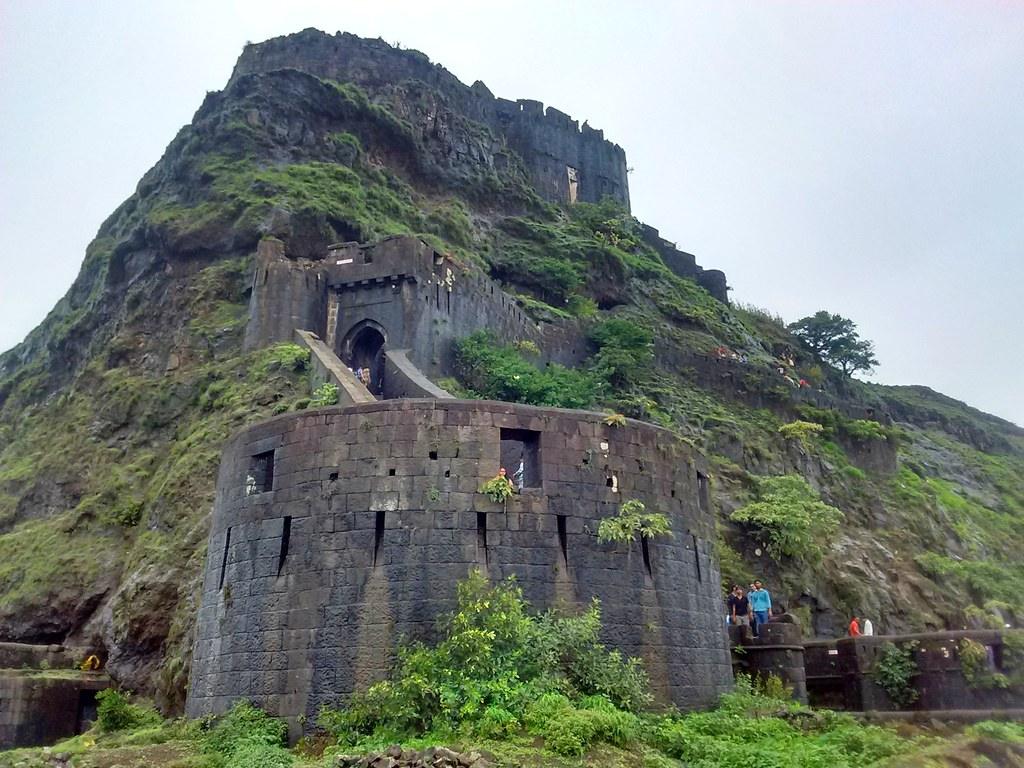
Lohagad is ideal if you want the feeling of trekking without the actual exhaustion. It’s also a safe bet when other trails are shut due to heavy rainfall. This is one of the top family-friendly monsoon treks in Maharashtra and a classic among monsoon fort treks in the Sahyadri mountains.
Hidden gem:
Everyone walks up to the fort, snaps a photo at “Vinchu Kada” (Scorpion’s Tail), and comes back. But few notice the tiny freshwater pools near the steps. Sit there in the rain, it’s basically nature’s foot spa.
How to get there:
Train to Lonavala, then a local rickshaw to Lohagadwadi. From there, it’s under an hour to the top.
Where to stay:
There are plenty of places nearby, but if you want peace and no kids playing antakshari at midnight, book a private villa in Lonavala instead.
8. Sudhagad Fort – A Big Fort That Almost No One Visits
If you want a quieter experience, Sudhagad is one of the least-crowded forts during the monsoon. It’s got wide plateaus, a massive Shiva temple at the top, and even a little pond you can wade in (wear clothes you’re okay ruining). This is a great option for those looking for offbeat monsoon trekking trails in Maharashtra.
Quirky detail:
There’s a bastion here with a cannon still intact. The villagers believe it’s lucky to touch it before heading back down. Who knows, maybe that’s why I didn’t slip that day.
How to get there:
The base village is Thakurwadi. From Pune, it’s a 2-hour drive via Pali. Don’t rely on Google Maps beyond Pali, it gets confused between multiple villages with similar names.
Where to stay:
There are basic dhabas en route, or you could loop in a trip to a villa in Lonavala, depending on your direction of travel.
Some Tips You’ll Thank Me For Later
- Don’t wear new shoes – You will ruin them.
- Bring salt – For leeches. Pour it on the suckers. Literally.
- Pack light, pack dry – But do pack extra socks. Always.
- Start early – Afternoon rains are no joke. Neither are monkeys near the forts.
- Download offline maps – The Network is optional in these places. Confusion isn’t.
Monsoon trekking in Maharashtra is messy, unpredictable, and occasionally absurd. But it’s also deeply satisfying in ways that mall trips and hill station drives dont give the same feeling. These aren’t just the best monsoon treks in Maharashtra because they’re scenic, they’re fun. They come with surprises, stories, slippery paths, and people offering you Maggi at the top, even if they don’t know your name. So, the next time the rain starts tapping at your window, don’t just curl up under a blanket. Pick a trail, lace up, and go make some questionable decisions on a mountain path.
Image banner credits:Kandoi.sid via wikimedia commons
Written by: Ruben Saha



